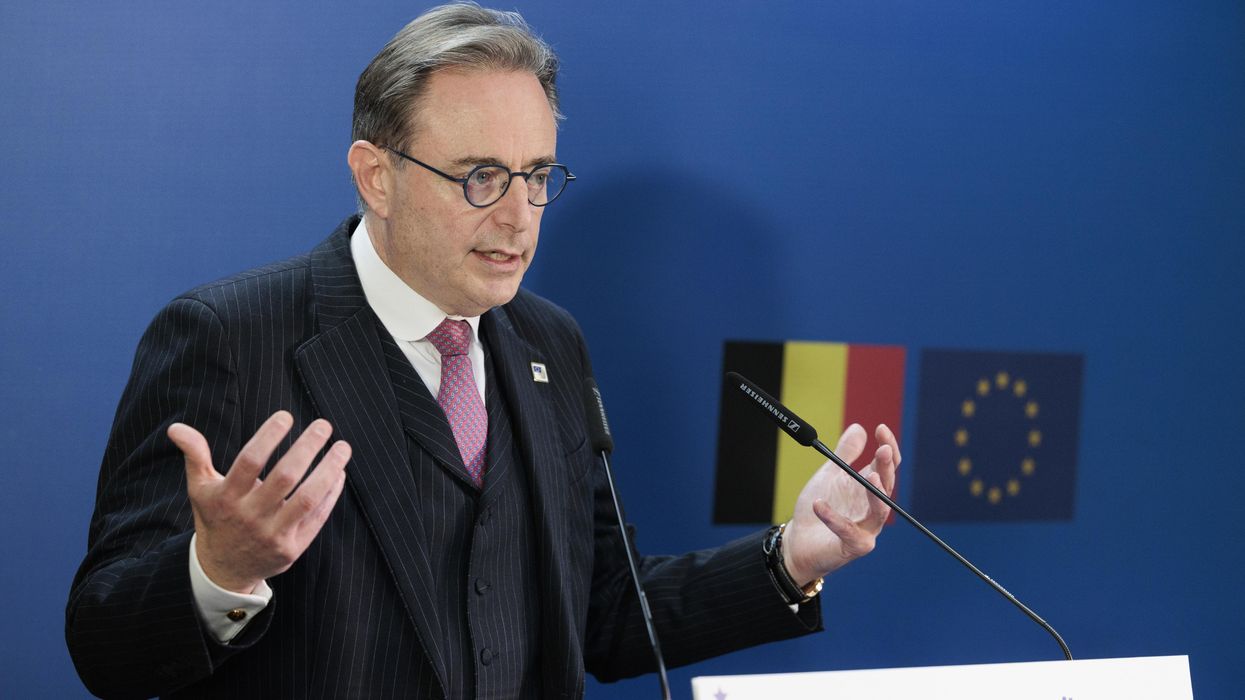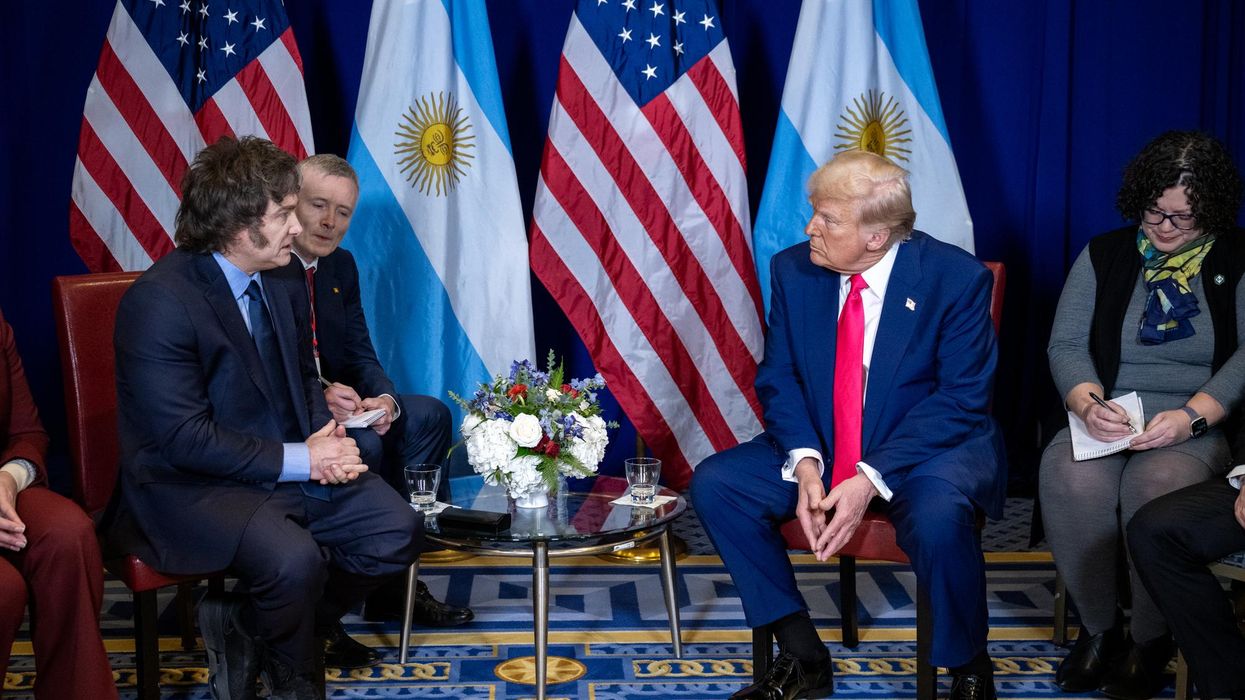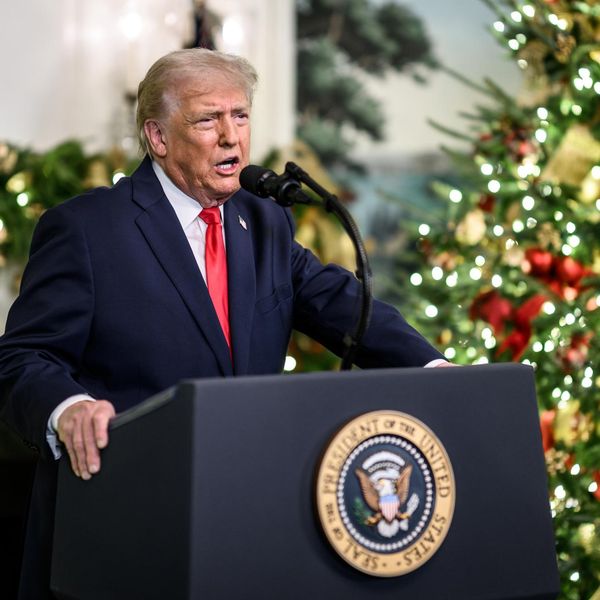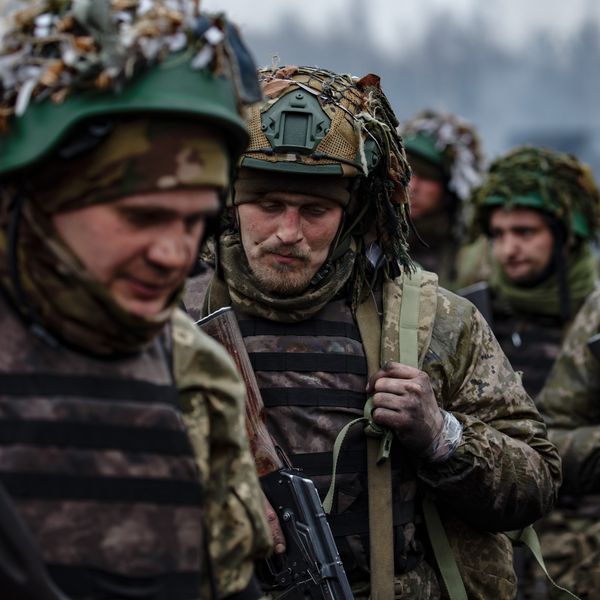From a U.S. and Western viewpoint, Niger was an island of stability in an increasingly chaotic region and a lynchpin in regional counterterrorism operations, so last week’s military coup came as a shock.
Yet seen from another angle, it was unsurprising: Niger has a history of military involvement in government — this is the fifth coup since independence in the 1960s — and it is confronting the same surge in Islamist militant terror attacks that military leaders used to justify coups in neighboring Burkina Faso and Mali. The coup in Niger is both a setback for democracy and a result of a lack of it, despite U.S. claims.
When U.S. Secretary of State Antony Blinken visited Niger in March, he called the country a “model of democracy” — a symbol of how Washington has preferred to turn a blind eye to some of the Nigerien government’s more authoritarian practices and striking political and ethnic divisions. For the most part, the U.S. government has also failed to recognize that its military operations have contributed to the very instability it was ostensibly trying to forestall.
The exact reasons for the coup are still unclear, but Niger’s internal political rivalries are certainly a driving factor, as are ethnic tensions — the Nigerien military is predominantly composed of the country’s dominant ethnic groups, whereas the overthrown president, Mohamed Bazoum, is of a minority group. Elites are also tapping into widespread anti-colonial sentiments to build popular support for the coup. So it is important not to overstate the role of the U.S. in Niger’s political crisis.
When it comes to Washington, however, this military takeover in what was portrayed as a stable partner in the region should serve as a wakeup call, begging the question: is U.S. security assistance really any “assistance” at all — or is it the opposite?
For over a decade, the U.S. government has treated Niger as a key security partner in its counterterrorism operations. Since 2012, it has spent $500 million to train and arm the Nigerien armed forces, and about 1,100 troops are stationed there, with many additional U.S. service members and contractors traveling in and out of the country on shorter missions. The U.S. built a massive $100 million drone base in Agadez in the northern part of the country, which runs surveillance operations throughout the broader region of the Sahara desert and the Sahel.
It was clear when I visited Niger in January, just two months prior to Blinken, that the country was far from a model of democracy. According to several sources, the government had instituted “states of emergency” in certain regions where security forces were authorized to shoot anyone on a motorcycle — the signature vehicle of Islamist militants — and anyone out past curfew. The Niger government also dealt harshly with peaceful political opposition: I met many journalists and movement activists who had suffered imprisonment, legal prosecution, and other forms of silencing.
Of the handful of Western nations supporting military operations in Niger, Nigeriens reserved their most intense rancor for France, the former colonizer. Yet the scale of U.S. military operations in the country still served as a glaring reminder of inequality. Almost everyone I spoke with in Niger knew that the U.S. military was using drones locally for surveillance purposes. If the U.S. can see everything, I heard often, why aren’t they doing anything to help us?
Niger fits a pattern of African countries that experience ongoing coups, as highlighted by a recent UNDP study. Countries with a long history of military involvement in government and in which the military continues to have a close involvement in political life, as in Niger, are far more likely to have recurring coups. These same countries spend the highest proportion of their national budgets on their militaries.
Surely the hundreds of millions of dollars that the U.S. has poured into Niger’s security sector over the past decade, along with the influx of weapons and equipment, have intensified the power imbalance between the military and other parts of government.
Unfortunately, Washington’s “war on terror” narrative, including funding, and institutional supports, is counterproductive because government violence against militants is the top path to militant recruitment. A 2017 United Nations survey showed that over 70 percent of Africans who joined extremist groups did so in retaliation against government violence.
Perhaps most significantly, the use of military force against militants does nothing to address the root causes of the region’s instability. The growing presence of militant movements in the Sahel is, at the core, due to problems that simply cannot be solved by government warfare.
People are enormously frustrated with poverty, elite corruption, the absence of government infrastructure to meet basic needs, and the injustices and ethnic and political antagonisms wrought by a legacy of colonialism. Climate change and desertification are threatening traditional livelihoods such as farming and herding, further exacerbating tensions over land use. Recurring coups in African countries correlate with the lowest development indicators; Niger is the seventh poorest country in the world.
Research shows that only in 7 percent of surveyed cases has a government effectively addressed the problem of terror attacks with the use of military force. Historically, militant groups most commonly abandoned the use of violent tactics when governments addressed the root causes of their grievances and eventually incorporated them into the legitimate political sphere. There are many other paradigms, beyond a war framework, with which governments can respond to terror attacks, from a criminal justice model to, in the long term, policies that promote development, conflict resolution, and human rights.
For U.S. citizens and policymakers, one key lesson from Niger’s coup is this: While there is no perfect, easy, or quick foreign policy solution to the problem of terror attacks, over prioritizing militarized aid and supporting other nations’ “wars on terror” is certain to make things worse.
- 'Bonapartism' infects, leads to military coups in Africa - Responsible Statecraft ›
- US consistency is the first casualty after rash of African coups - Responsible Statecraft ›
- US finally recognizes coup in Niger. Now what? - Responsible Statecraft ›
- Is that US drone base in Niger really necessary? | Responsible Statecraft ›
















